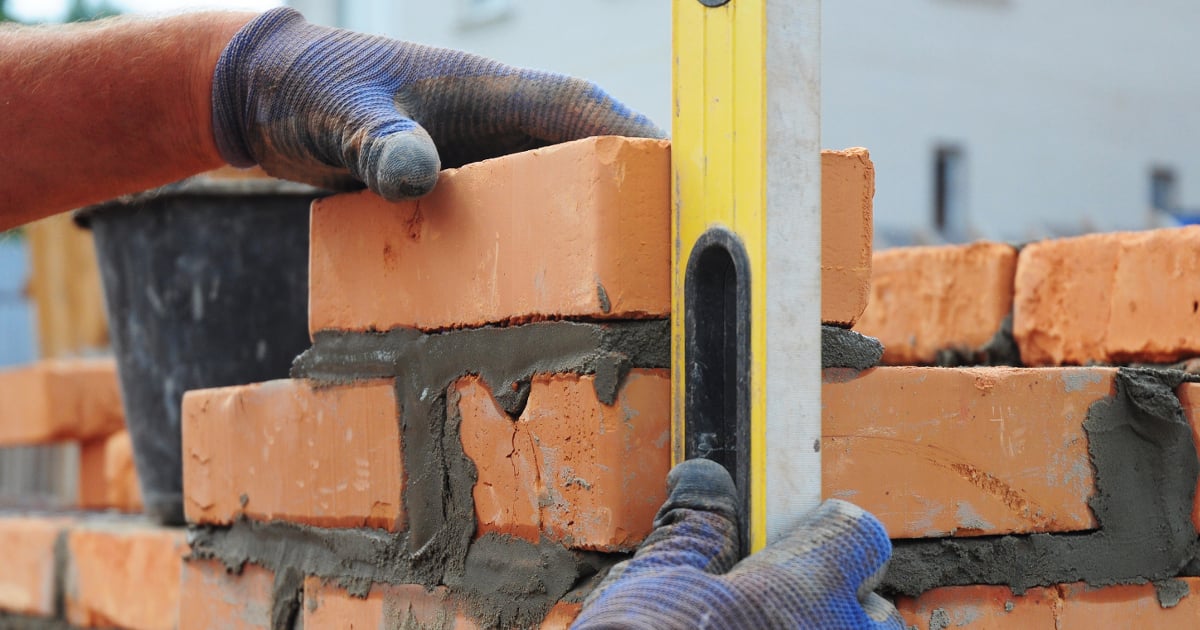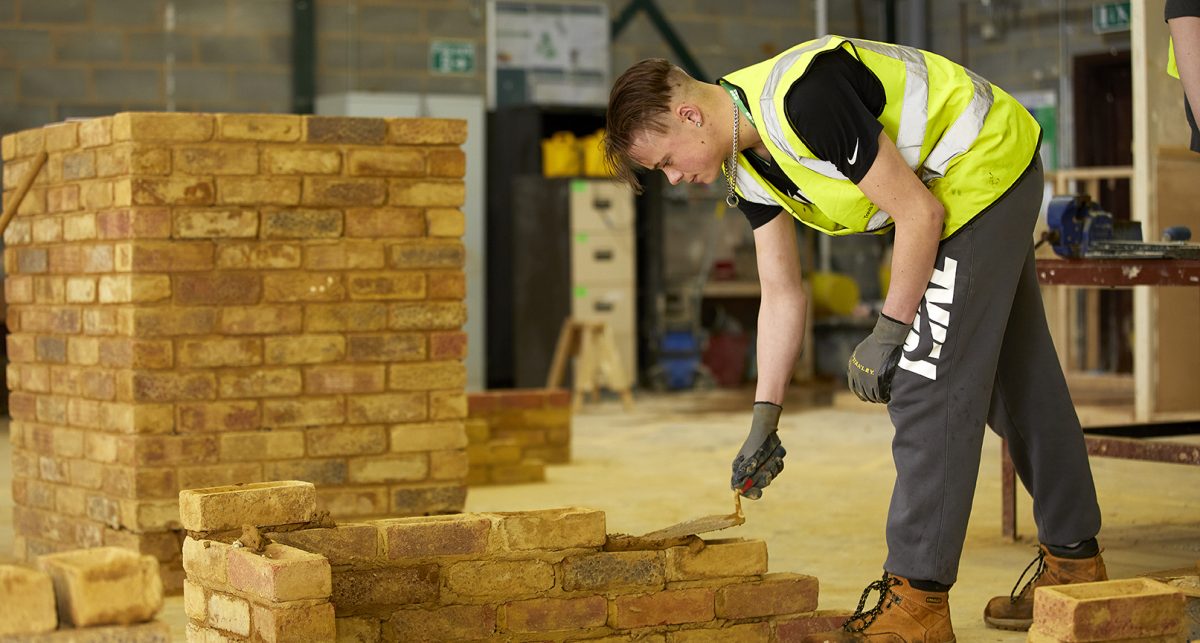Facts About Bricklayer Auckland Revealed
Wiki Article
Our Bricklayer Auckland PDFs
Table of ContentsThe Buzz on Bricklayer AucklandThe 6-Minute Rule for Bricklayer AucklandBricklayer Auckland Can Be Fun For AnyoneHow Bricklayer Auckland can Save You Time, Stress, and Money.Some Of Bricklayer AucklandFascination About Bricklayer Auckland
Bricks should always be piled on planks; never stack them straight on irregular or soft ground. Do not save bricks on scaffolds or runways.Other than where piled in sheds, block piles must never ever be greater than 7 feet high. When a stack of block gets to an elevation of 4 feet, it should be tapered back 1 inch in every foot of elevation over the 4-foot degree. The tops of block piles need to be maintained level, and also the taper should be kept throughout unpiling operations.
Architectural bond describes exactly how the private masonry devices interlock or connect with each other into a solitary architectural unit. You can attain architectural bonding of brick and floor tile walls in one of the adhering to 3 methods: Overlapping (interlocking) the masonry devices. Embedding metal connections in connecting joints. Utilizing cement to stick surrounding wythes of masonry.
Bricklayer Auckland - Questions
Pattern bond describes the pattern created by the stonework units as well as mortar joints on the face of a wall (Bricklayer Auckland). The pattern may arise from the structural bond, or it might be simply ornamental and unassociated to the structural bond. Number 4-4 shows the six fundamental pattern bonds alike usage today.The running bond is the simplest of the six patterns, containing all stretchers. Since the bond has no headers, metal connections generally create the architectural bond. The running bond is utilized greatly in cavity wall surface building, block veneer walls, and also encountering floor tile walls made with extra broad stretcher floor tile.
Examinations to discover the quality of blocks have been studied in the previous write-up. Excellent blocks ought to not degenerate when put in water. This is very crucial as when these bricks are made use of with concrete mortar, we must thoroughly saturate them prior to laying. Only when fat lime or clay mortar is used or when one is forced to make use of bricks that are not well burnt, this soaking rule has to be loosened up.
Not known Facts About Bricklayer Auckland
In all situations, bricks should not be managed in baskets or in any type of other mode which will damage the intensity of their sides. Exactly how do you build a stonework wall? The procedure of bricklaying in common general work is as adheres to. A layer of mortar is infected cover the complete size of the wall surface for an ideal length of the reduced course.
We press the side protruding mortar in strongly to be level with the face of the wall surface if it is to be left unplastered. In the common method taken on by lots of masons, a row of bricks is very first placed on a slim layer of bed mortar leaving the cross joints vacant.


Strictly this is not a great practice. (However, when this content utilizing concrete mortar of high stamina, the loss of stamina as a result of violation of these policies may be just marginal.)The walls are increased absolutely plumb. All courses are laid truly horizontal and all vertical joints really vertical. Vertical joints in alternate programs must come directly, one over the various other.
Our Bricklayer Auckland Diaries
For this purpose, a wood straight edge with graduation providing a density of each block course consisting of joint can be used for support. For a thick wall surface, the above procedure is duplicated together with both faces of the wall and also the interior loading bricks for the thick wall surface are stocked a comparable way.
This operation of loading open joints is termed flushing-up. It is wrongly omitted for several courses on some badly-executed jobs and only done later on (not after every program) in an inefficient manner. It is not a good method and needs original site to be avoided as it is vital that every program ought to be purged up to the level if good work is needed.

Little Known Facts About Bricklayer Auckland.
The mortar increasing and filling the upright joints entirely and forms an exceptionally solid and also solid wall. This is referred to as larrying. For a rat trap bond work (as in the building and construction of cavity walls), if the mortar is placed thoughtlessly on the block, a few of it will fall under the tooth cavities as well as will be squandered.The face of the brickwork shall additionally be cleaned up of all mortar droppings, and so on(ii) When situations render it essential to bring on a part of a structure in uneven training courses, the job will be constructed back (according to the visit this page bond used on the work) at an angle not steeper than 45 levels so regarding ensure an uniform and effective bonding.
Or else, for faces to be plastered, finishing of the face joints ought to be performed as gone over in below (This is extremely vital.)(iv) The wall surfaces need to be consistently elevated all over not leaving any kind of part one metre (3 feet) lower than the various other - Bricklayer Auckland. A day's work should not be more than 1.
Bricklayer Auckland Fundamentals Explained
When the facework is to be later plastered or the joints alone are to be pointed, the joints have to be raked while the wall is being constructed. Bricklayer Auckland. It should be raked to a minimal depth of 12 mm by a raking device throughout the development of the job itself, when the mortar is still eco-friendly.
If gluing or aiming is not imagined, the joints must be struck flush and also ended up at the time of laying itself, as already stated. Half-brick walls tend to crack unless care is taken in its building and construction. Brickwork in half-brick masonry is to be performed with stretchers in 1: 5 mortar.
Report this wiki page